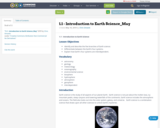
Draft of 1.1
- Subject:
- Applied Science
- Material Type:
- Activity/Lab
- Date Added:
- 05/31/2018

Draft of 1.1
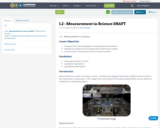
sci
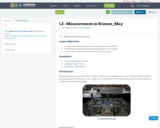
1.2

Science
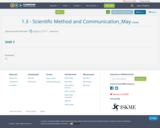
1.3
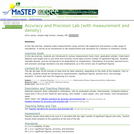
In this lab exercise, students practice correctly using measurement tools, recording data, calculating density, using significant figures, and exploring the concepts of accuracy and precision.
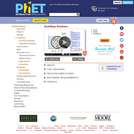
How do strong and weak acids differ? Use lab tools on your computer to find out! Dip the paper or the probe into solution to measure the pH, or put in the electrodes to measure the conductivity. Then see how concentration and strength affect pH. Can a weak acid solution have the same pH as a strong acid solution?

A progressive blog addressing topics such as affordable housing, urban planning, zoning, and public transportation.
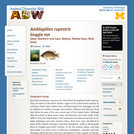
Ambloplites rupestris: Information
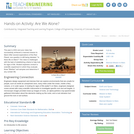
The year is 2032 and your class has successfully achieved a manned mission to Mars! After several explorations of the Red Planet, one question is still being debated: "Is there life on Mars?" The class is challenged with the task of establishing criteria to help look for signs of life. Student explorers conduct a scientific experiment in which they evaluate three "Martian" soil samples and determine if any contain life.

Intended for all audiences, this textbook is an introduction to the nature of the universe. Use it to research or review our solar system, stars, galaxies, and the history of the universe. Each chapter has a set of corresponding homework questions.

This is a challenge based activity in which students use augmented reality and trial and error in order to determine how changes to a quadratic equation affect the shape of a parabola. Students use the Geogebra AR app to manipulate equations and change the parabola to fit around a physical object.

Short Description:
This open access textbook was developed as an upper division undergraduate textbook for theories of personality. Its intended audience are students from Portland State University enrolled in Psychology 432 Personality course. The chapters are shorter than some personality textbooks and in this particular course Psy 432 the textbook is combined with other readings including scientific articles on personality.
Word Count: 104891
(Note: This resource's metadata has been created automatically by reformatting and/or combining the information that the author initially provided as part of a bulk import process.)
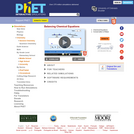
How do you know if a chemical equation is balanced? What can you change to balance an equation? Play a game to test your ideas!
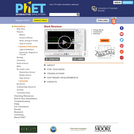
Explore the origin of energy bands in crystals of atoms. The structure of these bands determines how materials conduct electricity.
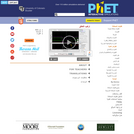
Explore the origin of energy bands in crystals of atoms. The structure of these bands determines how materials conduct electricity.
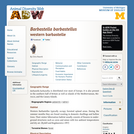
Barbastella barbastellus: Information
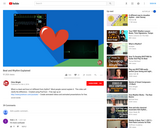
Beat versus Rhythm This lesson shows the difference between beat, like a heart beat, and rhythms. This video also gives examples.

Becoming the Next Bill Nye is about using video production techniques to develop your ability to engagingly convey your passions for science, technology, engineering, and / or math. You’ll have the opportunity to script and on-screen host 5-minute YouTube science, technology, engineering, and / or math-related shows to inspire youth to consider a future in science.
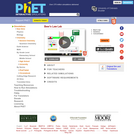
The PhET project at the University of Colorado creates "fun, interactive, research-based simulations of physical phenomena." This particular one deals with Beer's Law. "The thicker the glass, the darker the brew, the less the light that passes through." Make colorful concentrated and dilute solutions and explore how much light they absorb and transmit using a virtual spectrophotometer! The simulation is also paired with a teachers' guide and related resources from PhET. The simulation is also available in multiple languages.